The story of expensive domestic airfares is not new, but it is always a hot topic, receiving the attention of many people.
A survey by Dan Tri reporters shows that the ticket price from Hanoi to Phu Quoc in early July is almost twice as expensive as the Hanoi - Busan (South Korea) route. The ticket price from Hanoi to Nha Trang is from 4 to 6 million VND, twice as expensive as the Hanoi - Bangkok (Thailand) route - 2 - 3 million VND.
The highest round-trip ticket price from Hanoi to Phu Quoc of Vietnam Airlines is about 9 million VND/passenger, while the price of this flight of Vietjet Air is sometimes more than 8 million VND/passenger.
This level is also twice as high as the Hanoi - Taiwan (China) and Hanoi - Kuala Lumpur (Malaysia) routes...
Many people believe that domestic airfares are too high, causing many tourists to choose to travel abroad instead of experiencing domestic destinations this summer.
Sharing with Dan Tri reporter, Dr. Pham Huong Trang, a lecturer at RMIT University Vietnam, said that domestic airfares in Vietnam are at an unusually high level, causing consumers to "turn their backs" on domestic destinations.
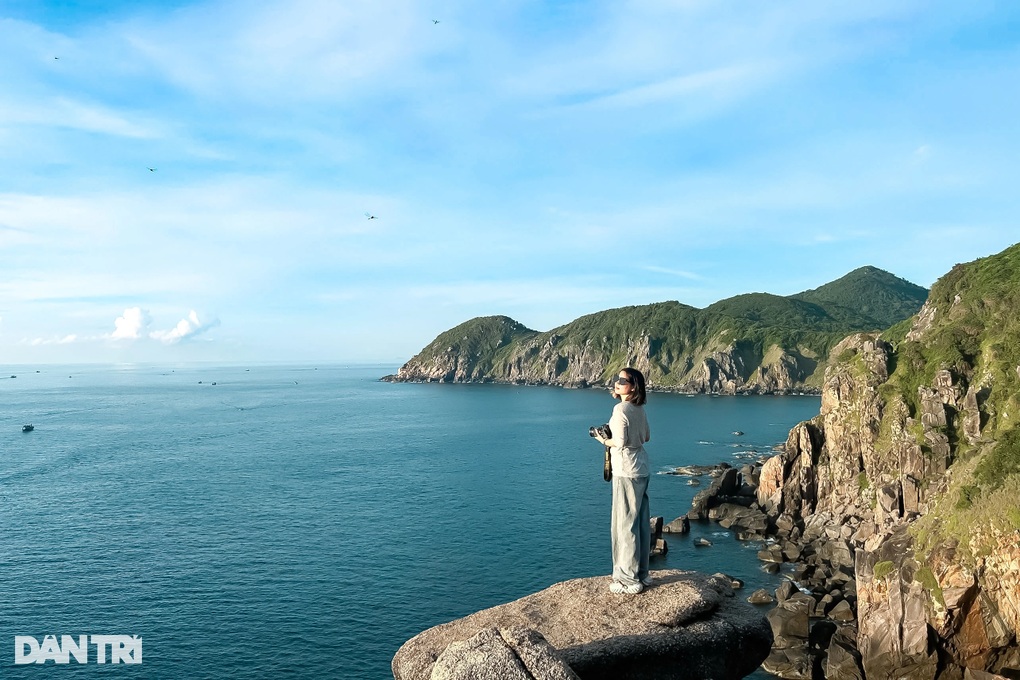
Many tourists are forced to travel early in the year to avoid expensive summer airfares (Photo: Thanh Huyen).
Airfares in Vietnam are unusually high.
Looking at domestic airfares, many people are surprised by the paradox that domestic airfares are twice as expensive as international airfares. Why do you think airfares in Vietnam are so expensive?
- Domestic airfares in Vietnam are unusually high, even far exceeding those of many international flights, creating a worrying paradox. This situation stems from many causes.
The structure and market are complicated, in which the input costs have increased sharply due to foreign currency factors when the price of Jet-A1 aviation fuel in Asia is currently at 100.25 USD/barrel (according to IATA on April 26, 2024) and the USD/VND exchange rate has fluctuated strongly, directly affecting the costs of renting aircraft, hiring foreign pilots, and maintaining aircraft.
Particularly serious is the shortage of aircraft when 33 aircraft in Vietnam had to stop operating for more than a year due to the recall of Pratt & Whitney engines, reducing about 20-25% of the main narrow-body fleet.
This creates a situation where supply cannot meet demand, especially in the summer, the peak season for domestic tourism.
In addition, the following reasons must be mentioned: Geographical characteristics make domestic flights in Vietnam significantly longer than those in regional countries such as Thailand (2-2.5 hours of flight compared to 1-1.5 hours); the burden of over 20 types of direct and indirect taxes and fees, the market lacks competition because it is mainly in the hands of a few large airlines; high maintenance costs because it must be carried out mainly abroad.
In fact, when researching airfares this year, many tourists have switched to traveling abroad despite their love for domestic destinations. What do you think about this change?
- The connection between the aviation and tourism industries is still loose, not creating enough competitive pressure to push down ticket prices. The consequence of this situation creates a paradox: Domestic travel costs are more expensive than international travel.
Consumers "turning their backs" on domestic destinations not only affects the tourism industry but also reduces the competitiveness of the economy and creates inflationary pressure on people's travel costs.
For many distant destinations such as Phu Quoc, Con Dao or the Central Highlands, airfare costs often account for 40-60% of the tour price, pushing the total cost up to the same or higher than tours to foreign countries such as Thailand, Malaysia, and South Korea.
Meanwhile, the quality of domestic flight services is not yet commensurate: Delays and delays are common, ticket prices fluctuate greatly by season, and there are few incentives compared to international airlines.
As a result, many tourists choose to travel abroad because they feel it is “more worth the money”. This shows a major shortcoming in the domestic tourism development strategy, when access costs are the biggest barrier to the journey of experience.
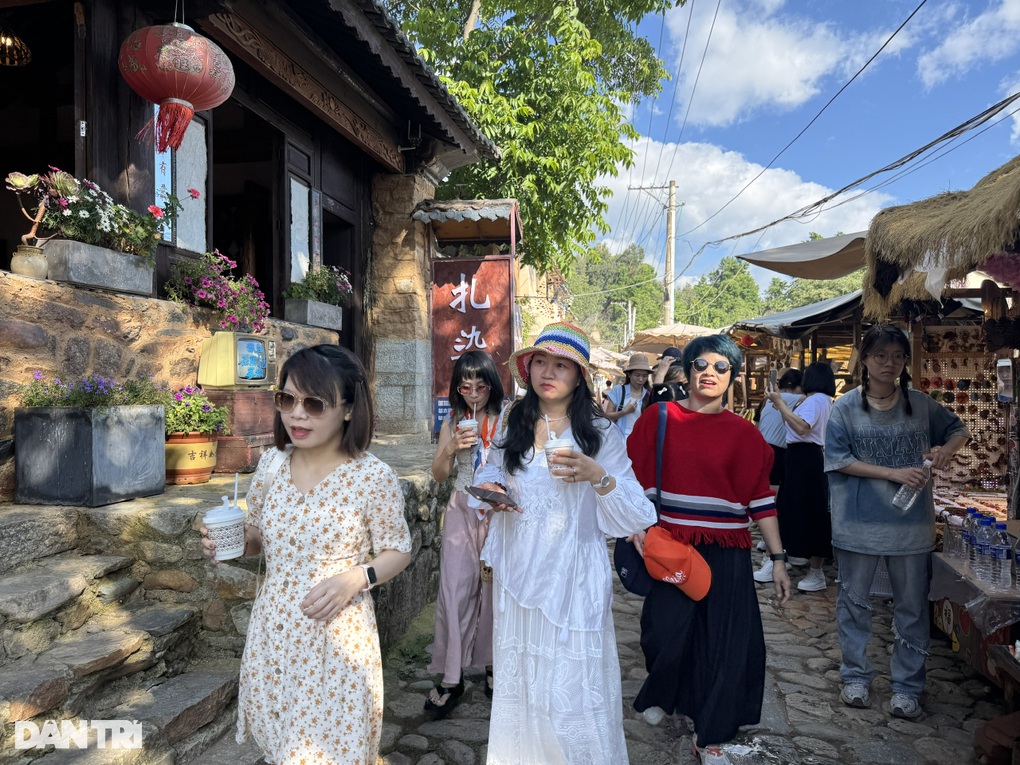
Tourists visit Phuong Duong village, the filming location for the movie "Going Where the Wind Blows" in Yunnan (China) (Photo: Pham Hong Hanh).
Reduce access costs, increase spending at destination
Thailand and China have a pretty good way of doing things: They lower airfares to stimulate tourism, and on the other hand, they increase the experience for customers, making them spend more, even willing to spend their last cents. That is, to stimulate tourism, an ecosystem will work together smoothly, to increase the experience, help increase spending while customers are still happy?
- It is no coincidence that Thailand and China still maintain their leading positions in terms of international and domestic visitors. The lesson from them is clear: Reduce access costs, increase spending at the destination.
The tourism model in these countries is considered a well-functioning ecosystem: Airlines - accommodation - destinations - local communities - service providers. All are closely linked to ensure that tourists not only come but also return, and are willing to spend "up to the last penny" because the value they receive is worthy.
The key point is how these countries have created a "positive circle": Cheap tickets attract more visitors, which leads to increased spending at the destination. The tourism economy develops, and when the tourism economy develops, it will have the conditions to continue to support competitive ticket prices, thereby promoting the sustainable development of the aviation and tourism industries.
Thailand has invested more than $400 million in a tourism stimulus package, combining airport fee reductions, fuel subsidies and infrastructure development. China has adopted a “low ticket, high spend” strategy, using low-cost airfares to attract visitors while investing heavily in the tourist experience at the destination.

Many tourists choose to travel abroad because domestic airfares are too expensive (Photo: Pham Hong Hanh).
Representatives of many travel companies shared that they cannot sell domestic tours because the airfare makes the cost of the tour price very high. When put on the scale of comparison, many customers have decided to spend money on foreign tours instead of domestic travel. Do you think this will cause domestic tourism to lose revenue? Will we lose right at home? What suggestions do you have to improve this situation?
- The current practical problem is not just a simple issue of ticket prices, but requires a comprehensive strategy for sustainable development of both the aviation and tourism industries. From the experience of countries in the region such as Thailand, China and Indonesia, Vietnam needs to implement many solutions synchronously.
First of all, the Government needs to have strong and synchronous support policies. This includes large stimulus packages for the aviation and tourism industries, reductions and exemptions of airport fees for a certain period, and especially subsidies for strategic domestic routes.

Dr. Pham Huong Trang, a lecturer at RMIT University Vietnam, said that domestic airfares in Vietnam are at an unusually high level (Photo: Provided by the character).
At the same time, we need to make the ticket price structure transparent so that people can clearly understand the components such as fuel, airport fees, and operating costs, avoiding misunderstandings about unreasonable price increases.
Airlines need to proactively increase supply and diversify products. Specifically, increase flight frequency to key tourist destinations, especially during peak seasons and reasonable time frames to meet demand, avoiding scarcity that pushes up prices.
At the same time, expand the domestic flight network to potential destinations and optimize the use of the existing fleet. Equally important is to build a more flexible fare policy, encouraging early booking with many preferential prices, instead of focusing only on high-priced tickets close to the departure date as is currently the case.
We need to learn from Thailand's model of creating "3 in 1" or "4 in 1" integrated tour packages. Vietnam needs to encourage alliances between airlines, hotels, restaurants and local services to create attractive all-inclusive packages that are highly competitive in price and experience.
Not only stopping at reducing ticket prices, we need to focus on improving service quality and enhancing the experience for tourists. This includes developing unique cultural tourism products, special cuisine, quality entertainment, community and eco-tourism so that tourists feel satisfied and are willing to spend more at the destination.

Many people are worried that domestic tourism will lose revenue because domestic airfares are too high (Photo: Thanh Huyen).
In terms of infrastructure for long-term strategy, we need to invest in upgrading airports to reduce operating costs, while developing a secondary airport network to increase competitiveness and expand connectivity.
It is especially important to build a strong Vietnamese tourism brand in the international market. We need effective communication campaigns to attract international visitors. This will indirectly help airlines optimize operations and balance costs for domestic routes.
Most importantly, all these solutions must be implemented synchronously, creating a positive cycle. When we have a complete tourism ecosystem with high-quality experiences, unique products and strong brands, we will attract both international visitors and retain domestic visitors. This will stimulate sustainable growth for both the aviation and tourism industries in Vietnam.
- Thank you very much for taking the time to talk with Dan Tri!
In 2025, the Vietnamese tourism industry sets an "ambitious" goal: welcoming 22-23 million international visitors; serving 120-130 million domestic visitors, achieving total tourism revenue of about 980-1,050 trillion VND, reaching the revenue milestone of 100 trillion VND.
2025 is expected to be an important milestone, marking the strong return of the tourism industry after major fluctuations.
Source: https://dantri.com.vn/du-lich/ve-may-bay-noi-dia-dat-do-khach-di-nuoc-ngoai-du-lich-viet-co-that-thu-20250627122626242.htm



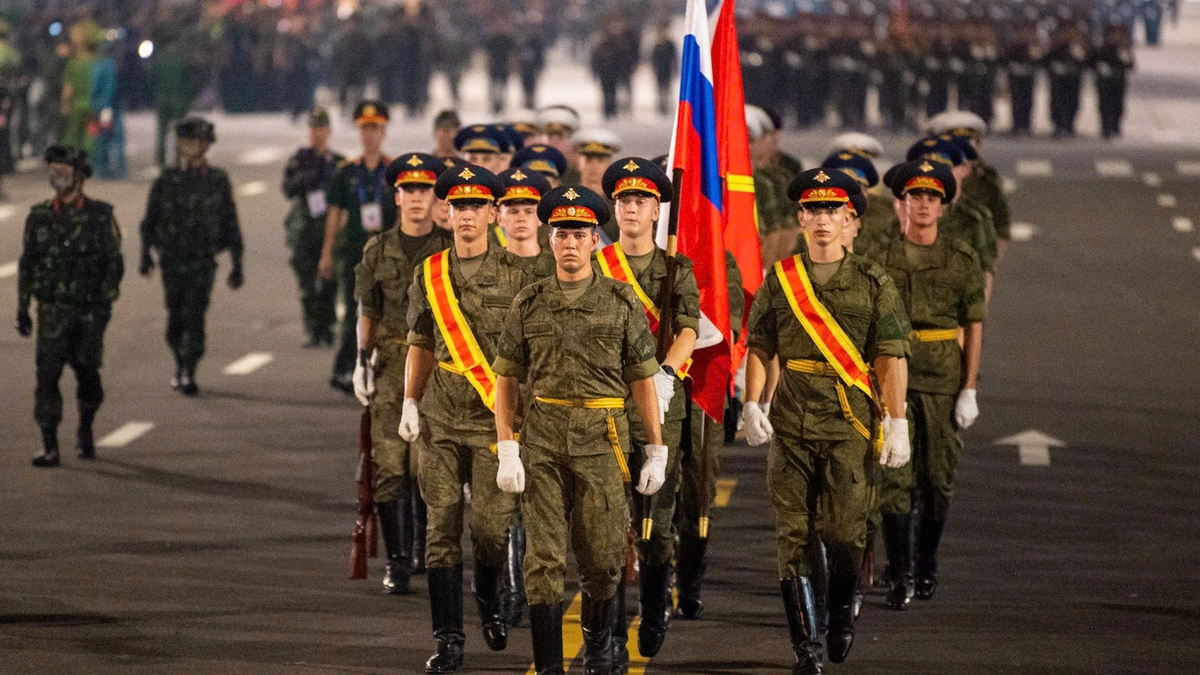
![[Photo] Parade blocks pass through Hang Khay-Trang Tien during the preliminary rehearsal](https://vphoto.vietnam.vn/thumb/1200x675/vietnam/resource/IMAGE/2025/8/27/456962fff72d40269327ac1d01426969)

![[Photo] Images of the State-level preliminary rehearsal of the military parade at Ba Dinh Square](https://vphoto.vietnam.vn/thumb/1200x675/vietnam/resource/IMAGE/2025/8/27/807e4479c81f408ca16b916ba381b667)
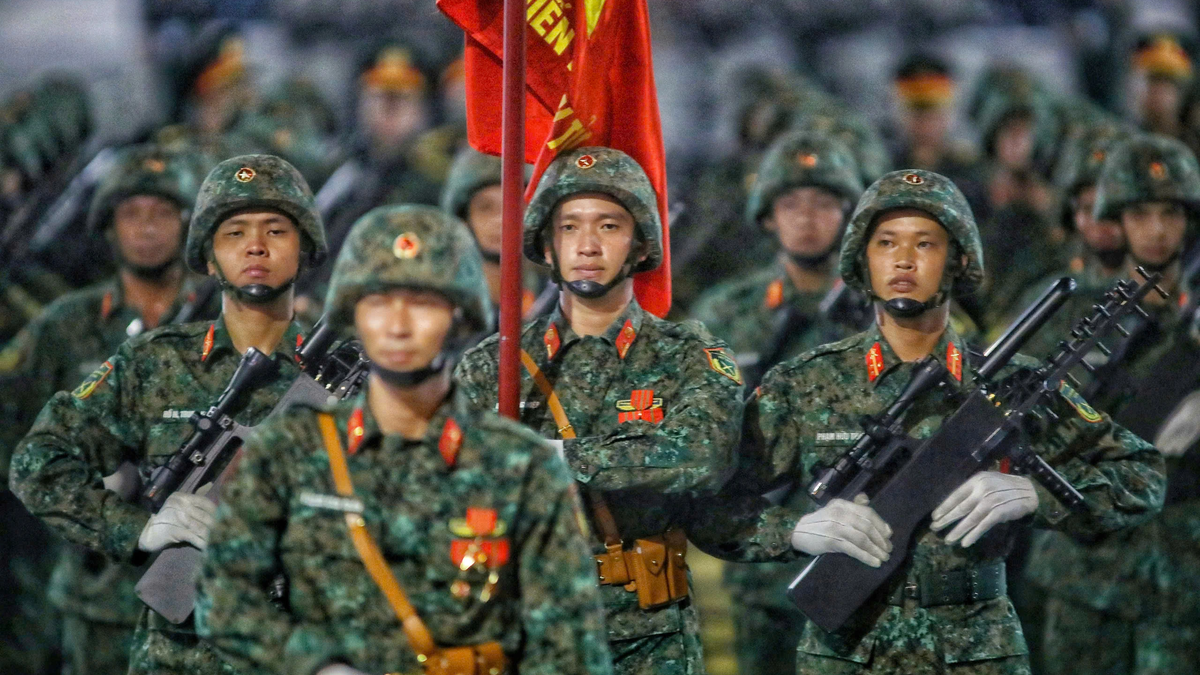
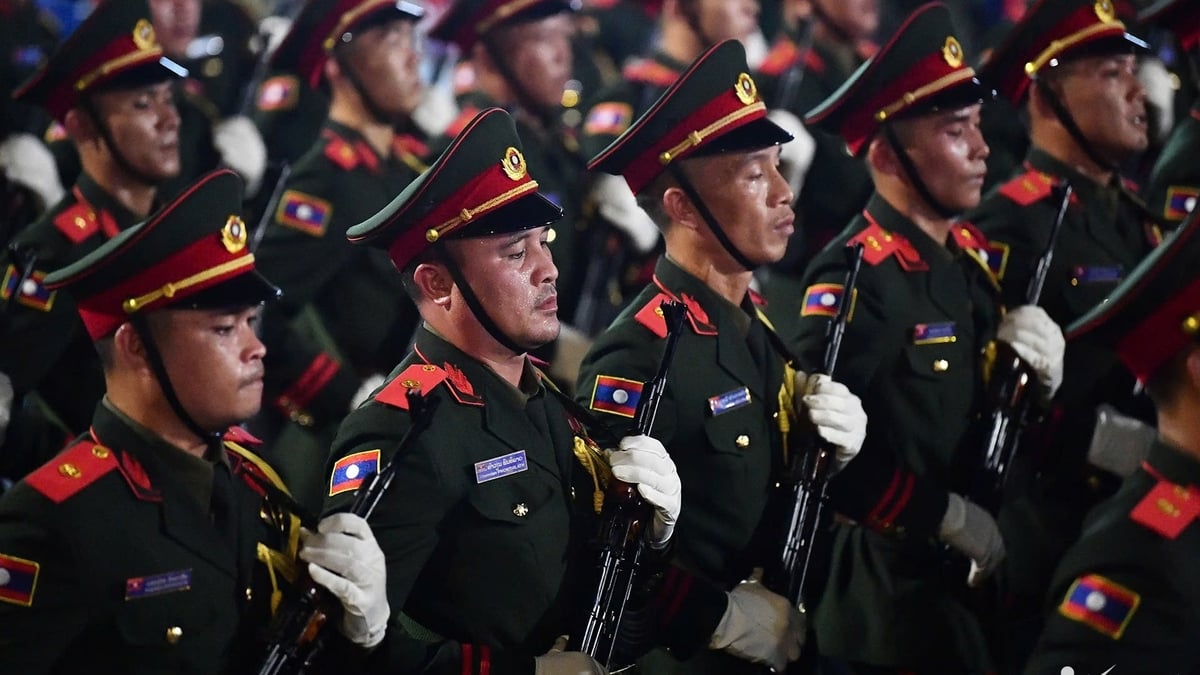







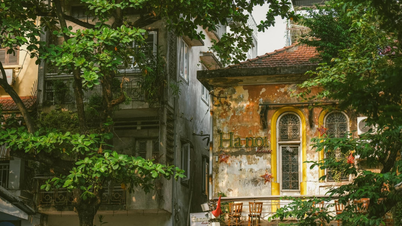

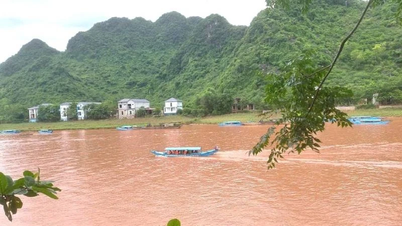


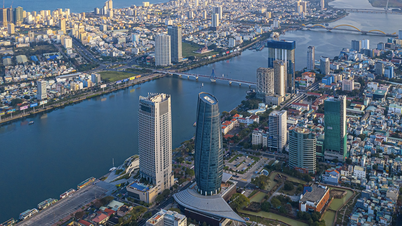












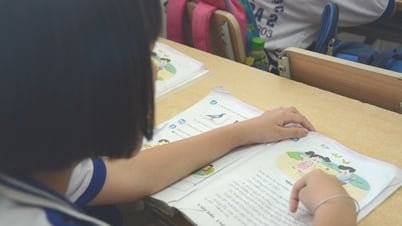

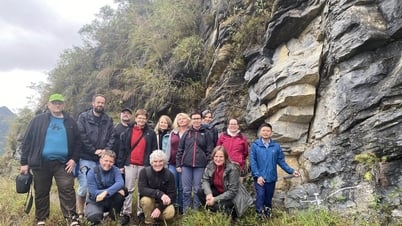



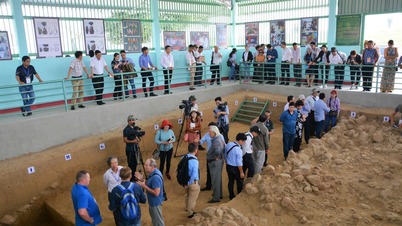

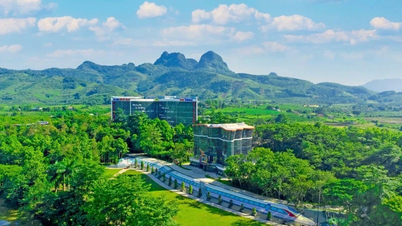


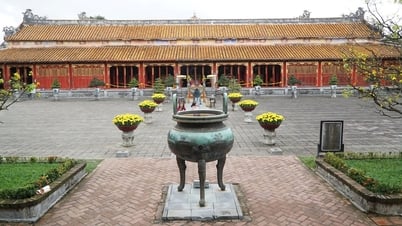







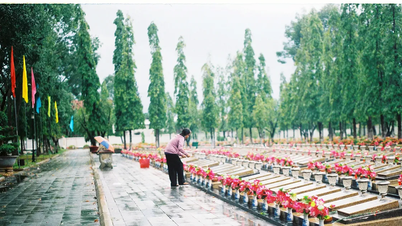















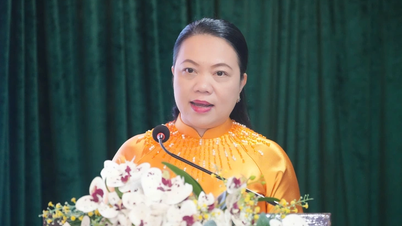




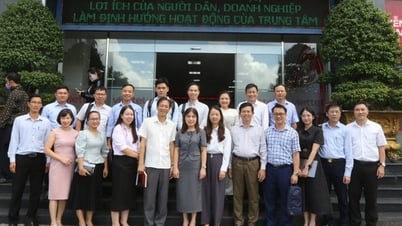



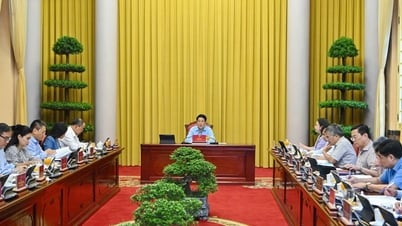

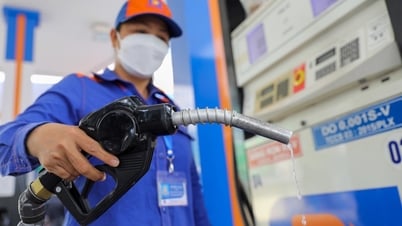

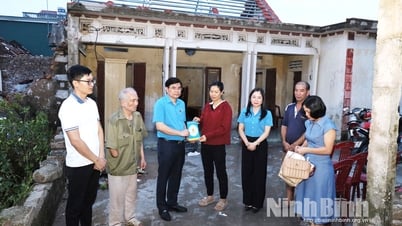



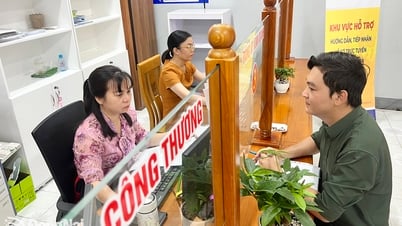






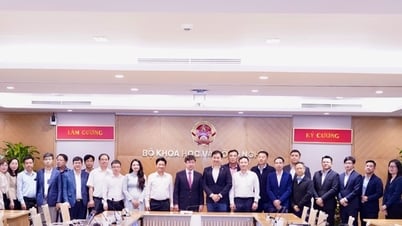












Comment (0)